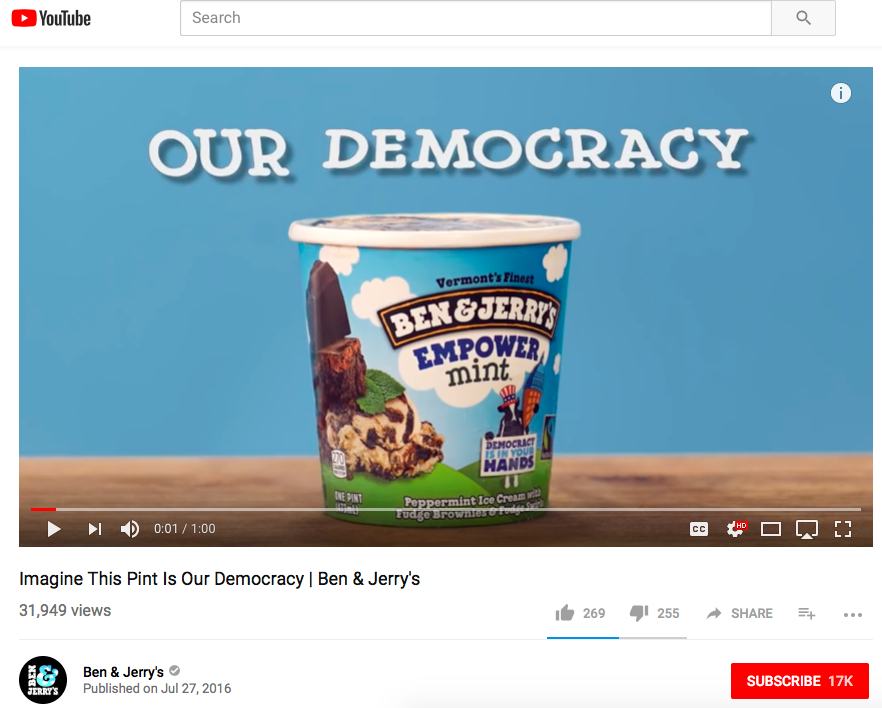That old yarn about how companies can do well while also doing good is a bit of a cliché. But that’s the thing about clichés: They’re so darn true.
Cause marketing, done right, lets brands lend a hand while potentially improving the corporate profile and bottom line. When they do it poorly, however, brands risk looking at best tone-deaf and at worst greedy.
A subset of a company’s corporate social responsibility and philanthropic efforts, cause marketing is typically defined as a partnership between a for-profit and a nonprofit for the benefit of both.
On top of the human case for aligning with causes, there’s a compelling business case. Nielsen Co., for example, found that two-thirds of consumers would pay more for products from companies commited to having a positive impact on society. Recent deadly hurricanes in the U.S. and Caribbean have put cause marketing in the spotlight. Here are a few things for companies to consider:
- Stick with your purpose. Cause marketing must make sense for the brand, nonprofit and people affected. After the hurricanes, a pet food brand rescuing animals made sense. Procter & Gamble’s Tide cleaning clothes with its Loads of Hope campaign? Ditto. Likewise for Nestle Waters handing out bottled water, Duracell distributing batteries and Southwest Airlines transporting relief workers. But if there’s no relevance between brand and cause, why not just make a cash donation to the effort?
- Don’t be vague. Instead of meaningless non-metrics such as “a portion of net proceeds goes to Cause XYZ,” how about simply donating $5 from every concert ticket or 50 cents from each burger sold? Don’t make me figure out your profit-loss strategy.
- Keep it simple. The “one for you, one for the cause” approach is easy to understand. Tom’s gives a pair of shoes to someone in need every time a customer buys a pair. Warby Parker does the same with glasses. Likewise, a donation triggered by a sale or action, such as Macy’s giving a dollar to Make-a-Wish Foundation for every letter to Santa dropped off at stores, is easy for consumers.
- Take no hostages. Social media is great for promoting an effort, but be careful about appearing to only care about amassing followers, likes or retweets. Brands get into trouble with cavalier messaging that appears vaguely threatening or flippant. Kellogg’s once had to apologize for its “1 RT = 1 breakfast for a vulnerable child” tweet.
- Don’t step in it. The Juvenile Diabetes Research Fund took heat for regional efforts with KFC and Denny’s that included deep-fried cheesecake and gallon containers of Pepsi. Starbucks stirred the pot by tackling race relations in its Race Together campaign. Executive Chairman Howard Schultz stuck by the decision, even in a torrent of backlash angry and amusing. (The late Gwen Ifill, then co-anchor of PBS NewsHour, tweeted, “Honest to God, if you start to engage me in a race conversation before I’ve had my morning coffee, it will not end well.”)
Speaking of brands willing to take on tough issues: For my money, Ben & Jerry’s (now owned by Unilever) takes the, er, scoop for doing cool things to support causes (climate control, LGBTQ rights and voter education, among others) while also raising awareness of the brand. Ben Cohen and Jerry Greenfield have rabble-roused consistently since opening their first scoop shop in 1978.

Click to see the full Ben & Jerry’s ad.
During the 2016 election, the company created limited-edition flavor EmpowerMint as well as a education efforts on democracy, voter rights and infringement. A video of spoons digging into a pint also illustrated how big money’s giant spoon takes an unfair portion and cuts some small spoons out of the bounty altogether.
In May 2017, the company protested Australia’s Marriage Act, which refuses to recognize same-sex marriages, by refusing to sell “same scoop” cones with two scoops of one flavor. Workers told customers, “Imagine how furious you would be if you were told you couldn’t marry the person you love!”
Relevant, powerful and simple: Now that’s a sweet example of cause marketing.








